Vinegar cleaning routine tricks – who knew such a simple pantry staple could unlock a world of sparkling clean possibilities? I’m constantly amazed by the versatility of vinegar, and I’m excited to share some of my favorite DIY cleaning hacks with you. For centuries, vinegar has been a go-to cleaning agent, dating back to ancient civilizations who recognized its potent antibacterial and disinfecting properties. Think about it – our grandmothers probably swore by it!
But in today’s world, bombarded with expensive, chemical-laden cleaning products, it’s easy to forget the power of this natural wonder. That’s where these vinegar cleaning routine tricks come in. We all crave a clean and healthy home, but who wants to spend a fortune or expose their families to harsh chemicals? These DIY solutions are not only budget-friendly and eco-conscious, but they’re also incredibly effective.
This article is your guide to harnessing the cleaning power of vinegar. From banishing stubborn stains to deodorizing your entire home, I’ll show you how to create simple, effective cleaning solutions using ingredients you probably already have. Get ready to ditch the harsh chemicals and embrace a naturally clean and fresh home with these easy-to-follow DIY tricks!
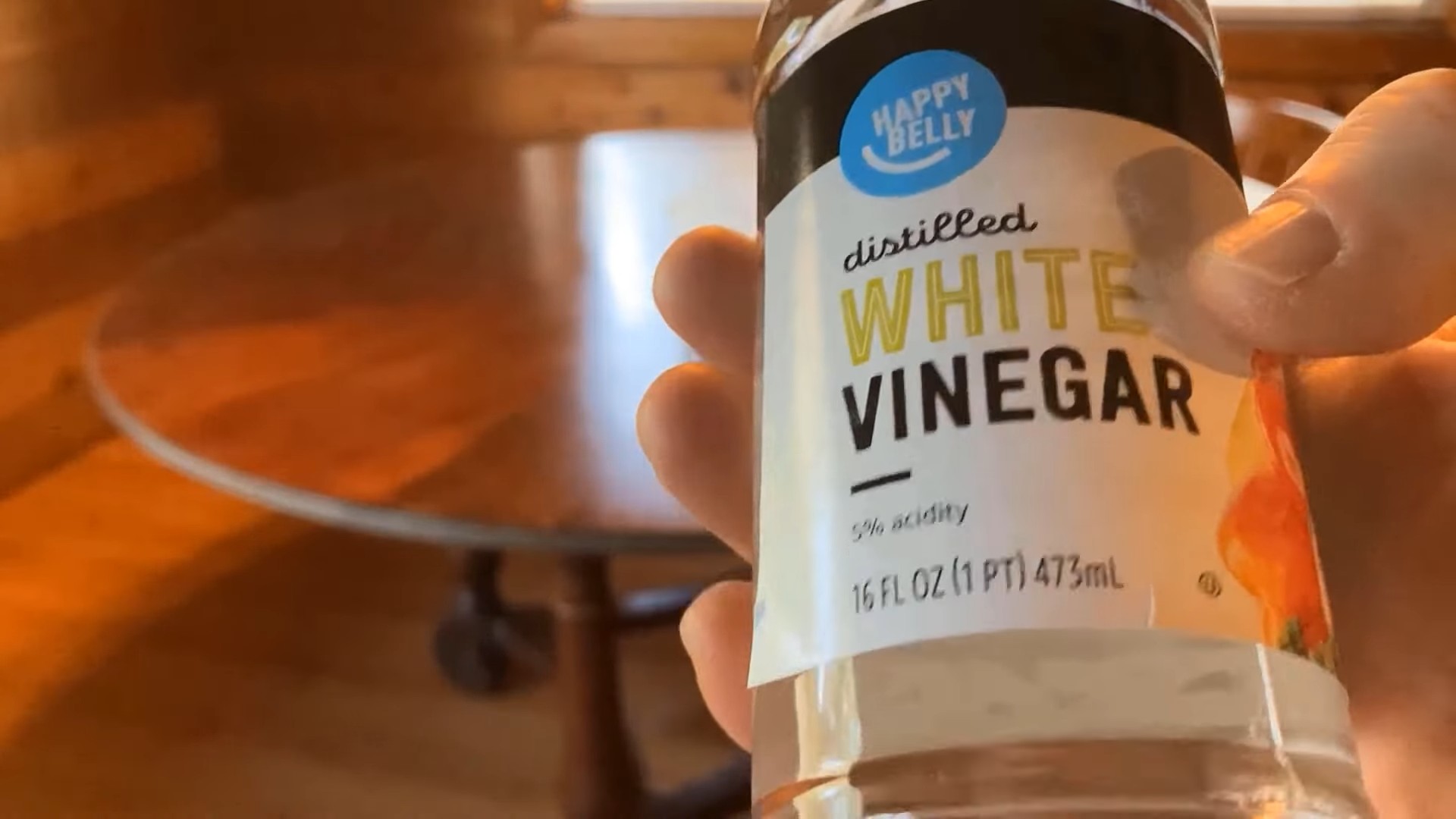
Unlocking the Cleaning Power of Vinegar: My Favorite DIY Hacks
Vinegar. It’s not just for salad dressing anymore! I’ve discovered that this humble kitchen staple is a cleaning powerhouse, and I’m excited to share my favorite DIY vinegar cleaning hacks with you. Get ready to ditch those harsh chemicals and embrace the natural cleaning magic of vinegar!
General Vinegar Cleaning Tips
Before we dive into the specific hacks, let’s cover some essential vinegar cleaning tips:
* Dilution is Key: Always dilute vinegar with water. A 1:1 ratio (equal parts vinegar and water) is generally a good starting point for most cleaning tasks. For tougher jobs, you can increase the vinegar concentration, but always test on an inconspicuous area first.
* White Distilled Vinegar is Your Best Friend: While other types of vinegar exist, white distilled vinegar is the most effective and versatile for cleaning. It’s clear, inexpensive, and readily available.
* Avoid Certain Surfaces: Vinegar is acidic and can damage certain surfaces. Avoid using it on marble, granite, natural stone, waxed wood, cast iron, and electronics screens.
* Vinegar Smell: Don’t worry about the strong vinegar smell! It dissipates quickly after cleaning. You can also add a few drops of your favorite essential oil to the vinegar solution to mask the odor.
* Test First: Before cleaning an entire surface, always test the vinegar solution on a small, hidden area to ensure it doesn’t cause any discoloration or damage.
Hack 1: Sparkling Clean Windows and Mirrors
Tired of streaks on your windows and mirrors? Vinegar is the answer! This is one of my go-to cleaning solutions.
What You’ll Need:
* White distilled vinegar
* Water
* Spray bottle
* Microfiber cloth or squeegee
Step-by-Step Instructions:
1. Prepare the Vinegar Solution: In a spray bottle, mix equal parts white distilled vinegar and water. For example, use 1 cup of vinegar and 1 cup of water.
2. Spray the Surface: Lightly spray the vinegar solution onto the window or mirror. Avoid oversaturating the surface.
3. Wipe Clean: Use a clean microfiber cloth or a squeegee to wipe the surface. If using a cloth, wipe in a circular motion, then go over the surface with a clean, dry section of the cloth to remove any streaks. If using a squeegee, overlap each stroke slightly for a streak-free finish.
4. Dry (Optional): If necessary, use a clean, dry microfiber cloth to dry any remaining moisture.
Hack 2: Deodorizing and Cleaning Your Microwave
Microwaves can get pretty gross, pretty quickly. This vinegar trick makes cleaning them a breeze!
What You’ll Need:
* White distilled vinegar
* Water
* Microwave-safe bowl
* Sponge or cloth
Step-by-Step Instructions:
1. Prepare the Vinegar Solution: In a microwave-safe bowl, mix equal parts white distilled vinegar and water. I usually use about 1 cup of each.
2. Microwave the Solution: Place the bowl in the microwave and heat on high for 5-10 minutes, or until the solution boils and the microwave is filled with steam.
3. Let it Sit: Leave the microwave door closed for another 5-10 minutes to allow the steam to loosen any stuck-on food particles.
4. Wipe Clean: Carefully remove the bowl (it will be hot!). Use a sponge or cloth to wipe down the inside of the microwave. The grime should wipe away easily.
5. Rinse (Optional): If desired, rinse the inside of the microwave with a clean, damp cloth to remove any remaining vinegar residue.
Hack 3: Cleaning and Deodorizing Your Dishwasher
Did you know you can use vinegar to clean your dishwasher? It’s a simple and effective way to keep it running smoothly.
What You’ll Need:
* White distilled vinegar
* Dishwasher-safe bowl or cup
Step-by-Step Instructions:
1. Prepare the Dishwasher: Make sure your dishwasher is empty.
2. Place Vinegar in Dishwasher: Fill a dishwasher-safe bowl or cup with 1 cup of white distilled vinegar. Place the bowl on the top rack of the dishwasher.
3. Run a Hot Cycle: Run the dishwasher on a hot cycle.
4. Repeat Monthly: Repeat this process once a month to keep your dishwasher clean and fresh.
Hack 4: Removing Hard Water Stains from Showerheads
Hard water stains can make your showerhead look grimy and reduce water pressure. Vinegar to the rescue!
What You’ll Need:
* White distilled vinegar
* Plastic bag
* Rubber band or twist tie
Step-by-Step Instructions:
1. Fill the Bag with Vinegar: Pour enough white distilled vinegar into the plastic bag to completely submerge the showerhead.
2. Secure the Bag: Place the bag over the showerhead, ensuring the showerhead is fully immersed in the vinegar. Secure the bag with a rubber band or twist tie.
3. Soak Overnight: Let the showerhead soak in the vinegar overnight.
4. Remove and Rinse: Remove the bag and discard the vinegar. Rinse the showerhead thoroughly with water.
5. Wipe Clean: Use a cloth or sponge to wipe away any remaining hard water deposits. You may need to use a small brush or toothbrush to scrub stubborn stains.
Hack 5: Cleaning Coffee Makers
Keep your coffee maker brewing delicious coffee by cleaning it regularly with vinegar.
What You’ll Need:
* White distilled vinegar
* Water
Step-by-Step Instructions:
1. Prepare the Vinegar Solution: Fill the water reservoir of your coffee maker with a solution of equal parts white distilled vinegar and water.
2. Run a Brewing Cycle: Run a full brewing cycle with the vinegar solution.
3. Rinse with Water: After the brewing cycle is complete, discard the vinegar solution and fill the water reservoir with fresh water.
4. Run Two More Brewing Cycles: Run two more brewing cycles with fresh water to rinse away any remaining vinegar residue.
5. Clean the Carafe: Wash the carafe with soap and water.
Hack 6: Cleaning and Deodorizing Drains
Clogged or smelly drains? Vinegar can help! This is a great natural alternative to harsh drain cleaners.
What You’ll Need:
* Baking soda
* White distilled vinegar
* Hot water
Step-by-Step Instructions:
1. Pour Baking Soda Down the Drain: Pour about 1/2 cup of baking soda down the drain.
2. Pour Vinegar Down the Drain: Follow with 1 cup of white distilled vinegar.
3. Let it Fizz: Let the mixture fizz for 30 minutes.
4. Flush with Hot Water: After 30 minutes, flush the drain with hot water for several minutes.
Hack 7: Removing Stickers and Adhesive Residue
Struggling to remove stubborn stickers or adhesive residue? Vinegar can help loosen the adhesive.
What You’ll Need:
* White distilled vinegar
* Cloth or sponge
Step-by-Step Instructions:
1. Soak the Area: Soak a cloth or sponge with white distilled vinegar.
2. Apply to the Sticker or Residue: Apply the vinegar-soaked cloth or sponge to the sticker or adhesive residue.
3. Let it Sit: Let it sit for 5-10 minutes to allow the vinegar to penetrate the adhesive.
4. Peel or Wipe Away: Gently peel away the sticker or wipe away the adhesive residue with the cloth or sponge. You may need to repeat this process for stubborn residue.
Hack 8: Cleaning Cutting Boards
Cutting boards can harbor bacteria, so it’s important to clean them thoroughly. Vinegar is a great natural disinfectant.
What You’ll Need:
* White distilled vinegar
* Cloth or sponge
Step-by-Step Instructions:
1. Wipe with Vinegar: After each use, wipe the cutting board with a cloth or sponge soaked in white distilled vinegar.
2. Let it Sit: Let the vinegar sit on the cutting board for a few minutes to disinfect it.
3. Rinse with Water: Rinse the cutting board with water.
4. Dry Thoroughly: Dry the cutting board thoroughly with a clean cloth.
Hack 9: Freshening Up Laundry
Vinegar can be used as a natural laundry booster and fabric softener.
What You’ll Need:
* White distilled vinegar
Step-by-Step Instructions:
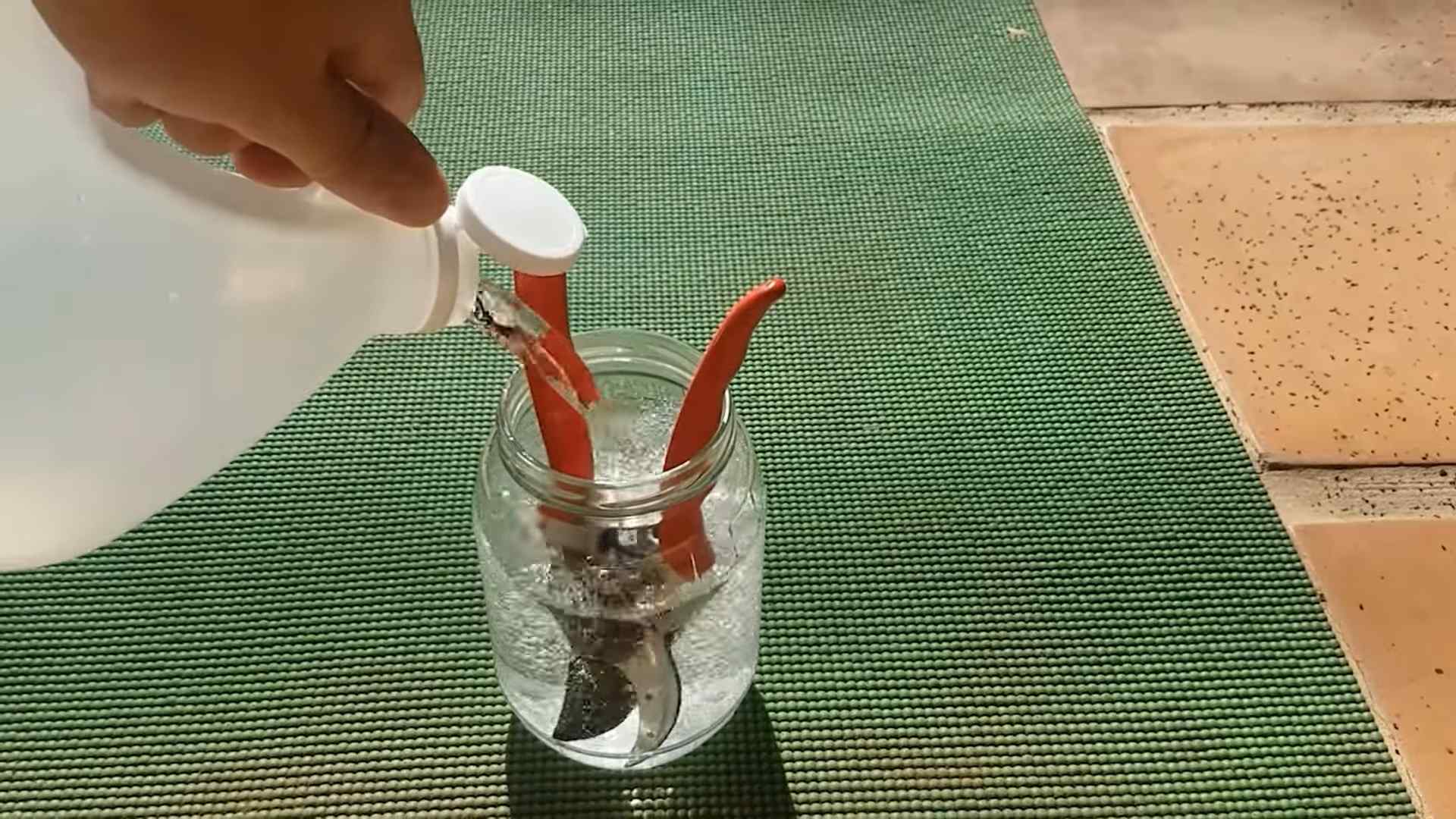
Conclusion
So, there you have it! Ditching harsh chemicals and embracing the power of vinegar for your cleaning routine isn’t just a trend; it’s a smart, sustainable, and surprisingly effective way to keep your home sparkling. We’ve explored a range of vinegar cleaning routine tricks, from banishing stubborn hard water stains to deodorizing musty spaces, and hopefully, you’re now armed with the knowledge and inspiration to transform your cleaning game.
Why is this a must-try? Because it’s more than just cleaning; it’s about making conscious choices for your health, your home, and the environment. Commercial cleaners are often packed with volatile organic compounds (VOCs) that can irritate your lungs, trigger allergies, and even contribute to indoor air pollution. Vinegar, on the other hand, is a natural, biodegradable alternative that’s safe for your family and pets. Plus, let’s be honest, it’s incredibly budget-friendly!
But the beauty of vinegar cleaning lies in its versatility. Feel free to experiment and adapt these tricks to suit your specific needs and preferences. For instance, if you find the scent of vinegar too strong, infuse it with citrus peels or herbs for a more pleasant aroma. Lemon peels, orange peels, rosemary sprigs, or even lavender buds can add a subtle fragrance that lingers long after the cleaning is done. Simply steep the peels or herbs in a jar of vinegar for a few days, then strain before using.
Another variation to consider is the type of vinegar you use. While white distilled vinegar is the workhorse of the cleaning world, apple cider vinegar can also be used for certain tasks, particularly those involving delicate surfaces. Its slightly milder acidity makes it a gentler option for cleaning wood furniture or polishing stainless steel. Just be sure to test it in an inconspicuous area first to ensure it doesn’t cause any discoloration.
Don’t be afraid to get creative with your vinegar cleaning solutions. Add a few drops of essential oils for added cleaning power and fragrance. Tea tree oil is a natural disinfectant, while eucalyptus oil can help to freshen the air. Just remember to use essential oils sparingly, as they can be quite potent.
We truly believe that once you experience the effectiveness and simplicity of these vinegar cleaning routine tricks, you’ll never go back to harsh chemicals again. It’s a win-win situation: a cleaner home, a healthier environment, and a lighter load on your wallet.
So, what are you waiting for? Grab a bottle of vinegar and start experimenting! We’re confident that you’ll be amazed by the results. And most importantly, we want to hear about your experiences. Share your favorite vinegar cleaning hacks, your success stories, and any challenges you encounter in the comments below. Let’s build a community of eco-conscious cleaners who are passionate about creating healthy and sustainable homes. Your insights could inspire others to make the switch and discover the magic of vinegar cleaning. Let us know what vinegar cleaning routine tricks you have found most useful!
Frequently Asked Questions (FAQ)
Is vinegar safe to use on all surfaces?
While vinegar is a versatile cleaner, it’s not suitable for all surfaces. Avoid using it on natural stone surfaces like marble, granite, and limestone, as the acidity can etch and damage them. It’s also best to avoid using vinegar on waxed wood furniture, as it can strip the wax finish. Always test vinegar in an inconspicuous area before applying it to a larger surface. Also, avoid mixing vinegar with bleach, as this can create toxic chlorine gas.
What type of vinegar is best for cleaning?
White distilled vinegar is generally considered the best type of vinegar for cleaning due to its high acidity and lack of color. It’s effective at killing bacteria, removing stains, and deodorizing surfaces. Apple cider vinegar can also be used for cleaning, but it’s less acidic and may leave a slight residue.
How do I get rid of the vinegar smell after cleaning?
The vinegar smell typically dissipates within a few hours. To speed up the process, you can open windows and doors to ventilate the area. You can also add a few drops of essential oils to your vinegar cleaning solution to mask the scent. Citrus oils like lemon and orange are particularly effective at neutralizing the vinegar smell.
Can I use vinegar to clean my laundry?
Yes, vinegar can be used to clean laundry. Adding a cup of white distilled vinegar to your washing machine can help to brighten clothes, remove odors, and soften fabrics. It can also help to remove detergent residue and prevent buildup in your washing machine.
How do I clean my coffee maker with vinegar?
To clean your coffee maker with vinegar, fill the water reservoir with equal parts white distilled vinegar and water. Run the coffee maker through a full brewing cycle. Then, run it through two more cycles with just water to rinse away any remaining vinegar.
Is vinegar effective at killing mold?
Yes, vinegar is effective at killing mold. Spray undiluted white distilled vinegar onto the moldy surface and let it sit for an hour. Then, scrub the area with a brush and rinse with water. Be sure to address the source of the moisture that’s causing the mold growth to prevent it from returning.
Can I use vinegar to clean my microwave?
Yes, you can easily clean your microwave with vinegar. Combine equal parts white distilled vinegar and water in a microwave-safe bowl. Microwave the mixture for 5-10 minutes, or until the microwave is steamy. Then, carefully remove the bowl and wipe down the inside of the microwave with a clean cloth. The steam will loosen any food splatters and make them easy to remove.
How do I clean my showerhead with vinegar?
To clean your showerhead with vinegar, fill a plastic bag with white distilled vinegar and secure it around the showerhead with a rubber band. Make sure the showerhead is fully submerged in the vinegar. Let it soak for several hours or overnight. Then, remove the bag and run the shower to flush out any remaining vinegar and debris. This will help to remove mineral buildup and improve water flow.
What are some other uses for vinegar in cleaning?
Vinegar can be used to clean a wide variety of items and surfaces, including:
* Windows and mirrors
* Floors (except natural stone)
* Toilets
* Sinks and faucets
* Cutting boards
* Dishwashers
* Garbage disposals
How often should I clean with vinegar?
The frequency of cleaning with vinegar depends on the specific task and your personal preferences. For general cleaning, you can use vinegar once or twice a week. For more specific tasks, like cleaning your coffee maker or showerhead, you may only need to do it once a month.
Can I use flavored vinegar for cleaning?
It’s generally not recommended to use flavored vinegar for cleaning, as the added ingredients can leave a residue or stain surfaces. Stick to white distilled vinegar or apple cider vinegar for the best results.
Where can I buy white distilled vinegar?
White distilled vinegar is readily available at most grocery stores, supermarkets, and discount retailers. It’s typically located in the vinegar or condiment aisle.
Is vinegar an environmentally friendly cleaner?
Yes, vinegar is considered an environmentally friendly cleaner. It’s a natural, biodegradable substance that doesn’t contain harsh chemicals or toxins. Using vinegar for cleaning can help to reduce your reliance on commercial cleaners and minimize your impact on the environment.

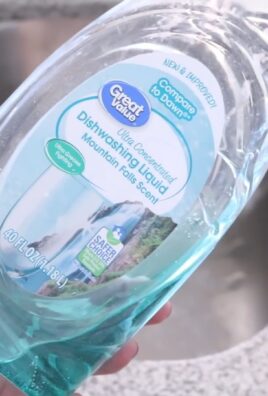
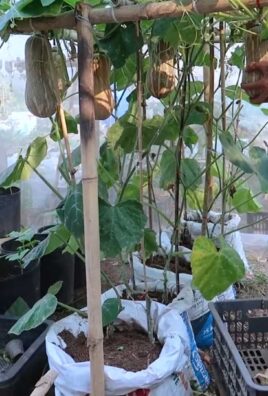
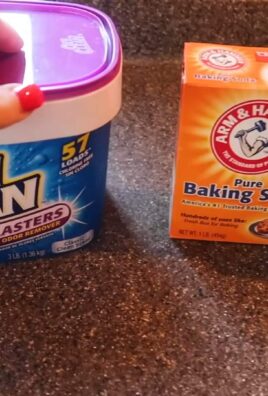
Leave a Comment